Want to know which are the 7 Best Video Hosting Sites for Businesses in 2021?
Read on!
Video is one of the top marketing tools, hands down. It has been so for some time, and its use in marketing will only grow as the years go by.
A marketing video is more interactive than, let’s say, a blog or even an infographic.
Nowadays, more and more companies and entrepreneurs create video content regularly to host interviews, give industry news, create live webinars, create product breakdowns, and much more. Video has become a more helpful medium for training and communication during work-from-home times due to the pandemic. This medium aids in training and education online, in place of the traditional systems.
Social distancing continues to separate team members, at times across whole countries and continents. Thus, it is essential to have a medium to translate visual information with ease, regardless of one’s geographical location.
Regardless of how you are using and creating video content, it is essential to find the best video hosting platform for your company in 2021.
In this article, there are some of the Best Video Hosting Sites for Businesses in 2021. Read on to find out their core pros and cons to find out the one ideal for your needs.
Here are Best Video Hosting Sites for Businesses:
- YouTube
- Swarmify
- Wistia
- SproutVideo
- Vimeo
- Dailymotion
- Brightcove
What exactly is video hosting?
When you create a video, it is not the end of the process. How will your customers or audience see it? You have to host it somewhere. Hosting means storing the video for playback and editing later on the internet.
There are many such video hosting services, each with its pros and cons. For instance, some have faster loading speeds, while others have better video editing tools. Some even offer in-built marketing tools to aid you in achieving your professional goals.
Here are the top 7 video hosting platforms.
YouTube
Sometimes the best things in life are free!
That’s right! It is free, and that’s not all. YouTube is known to be the second-largest search engine on the planet, after Google itself. YouTube gives you free video hosting capabilities, opportunities to earn money from these videos, and a robust search engine through which people can find your videos. This means not just does your video content have to be very good, but your SEO skills and written content have to be top-notch as well.
Lots of people have used this platform to create their brands and even earn millions. With a regular presence on this platform, one can attain stardom.
Pros
- It is the largest video hosting platform
- People can search and find your content organically with its robust video search
- It is easy to subscribe
- One can advertise and earn through Adsense
- It is easy to embed YouTube on your website
- You have unlimited storage
Cons
- The platform recommends other videos, which can be from your competitors. This can potentially drive your traffic away.
Swarmify
Swarmify is a paid service. You can get it for $49/month. This is a viral video hosting site from AppSumo. The benefits are many. Its users are amazed by the site’s fantastic video loading speeds and real-time cross-platform comparisons of video hosting sites.
Additionally, Swarmify won’t promote other people’s content after your videos, so you don’t need to worry about your customers running off to your competitors.
Pros
- Admirable fast loading speeds
- Unlimited bandwidth, storage, and encoding
- Unbranded
- Layout is distraction-free
- Advanced analytics
- Automated YouTube and Vimeo conversions
Cons
- It can be expensive for small businesses without the AppSumo deal.
Wistia
Wistia is freemium. You are free to try it out. The free plan has limitations in 200 GB bandwidth each month, three videos, and just enough space to store your videos. After the free period, or when you want to create and keep more videos, you need paid plans. Paid plans begin at $99 per month. You can use Wistia to give your videos a brand and your company’s unique identity. It even gives you heat maps so that you can know what is engaging your audience more!
Wistia is known for its TV-like video quality and is both a platform developer and a video hosting site.
Lastly, Wistia ensures that Google indexes your videos by injecting Schema.org on your webpage. Wistia even lets you use videos for lead generation and in growing an email list.
Pros
- You have more control over your content
- It is easy to grow a following
- You can put content behind digital gates to generate leads
- White-label branding tools
- The ability to autoplay your next video
- In-depth reporting and analytics
Cons
- Freemium is limited, and paid plans can be expensive.
SproutVideo
This is a paid video hosting platform that is built specifically for businesses. The price is $24.99. SproutVideo gives you many features to aid in marketing your services while staying secure at the same time.
SproutVideo has templates to make your video creation faster and easier. This also helps in making a video instead of static images greet quality video-first sites visitors. The platform offers strong security in the form of password protection, log-in protection, and single log-on.
Pros
- Video analytics
- Powerful security
- Create custom video players and video playlists
- Video marketing suite
- Trusted by many Fortune 500 companies
- You can make video sites with responsive and agile layouts
Cons
- The learning curve can be steep
Vimeo
Vimeo is one of the more popular video hosting sites. What endears it to its users is that it is both a video hosting site and a video editor. With the Video Maker, you can edit videos and choose from the myriad templates. You can even add text, images, and effects to your videos to create a more professional product.
Vimeo is Freemium, which means you can try it out, but have to buy a paid plan of $7 a month sooner or later.
Vimeo connects you with freelance video creators in case you don’t want to do the work yourself.
Pros
- Video editing
- Live to stream
- On-demand video creating talent base
- Team collaboration
- There is a free plan
- Video marketing tool suite
- Advances reporting and analytics
Cons
- Most features for businesses are not there in the free plan.
Brightcove
Brightcove is unique as it helps you to create your streaming service. Brightcove offers you a lot of features, but the price is on the steep side. It costs $99 a month.
However, in return, the platform more than pays you back. It offers high definition and fast-loading videos. There are fantastic features like fast load speeds, live-streaming, and a video marketing tool suite. It also lets you monetize your creations through its advertising options.
Pros
- Live to stream
- OTT experiences
- Run ads on your creations
- Video analytics
- Fast loading speed for videos
- Video marketing integrations and tools
Cons
- Some users are unhappy about its search feature and reporting.
Dailymotion
Like YouTube, this too is a video entertainment and video search engine. The platform recommends videos to viewers just like YouTube. Unlike the other services listed above, the look and feel of Dailymotion are that of a news website. But instead of a news article, today’s most important or most seen/popular video stories. This includes news, sports, and most popular videos.
Dailymotion gives you on-demand video, live stream, and standard video hosting features.
Pros
- Simple video uploading and hosting
- Monetization of videos
- Videos can be searched for organically and can be made to go viral or get featured
- Connect to your social media channels
- Basic video metrics
Cons
- Slower than YouTube
Conclusion
Now that we have seen the 7 Best Video Hosting Sites for Businesses in 2021, it all comes down to picking one.
Choosing a video hosting platform is an important decision and should not be taken lightly. However, taking a well-informed decision makes making future decisions more straightforward.
Contact MIU for digital marketing which brings results

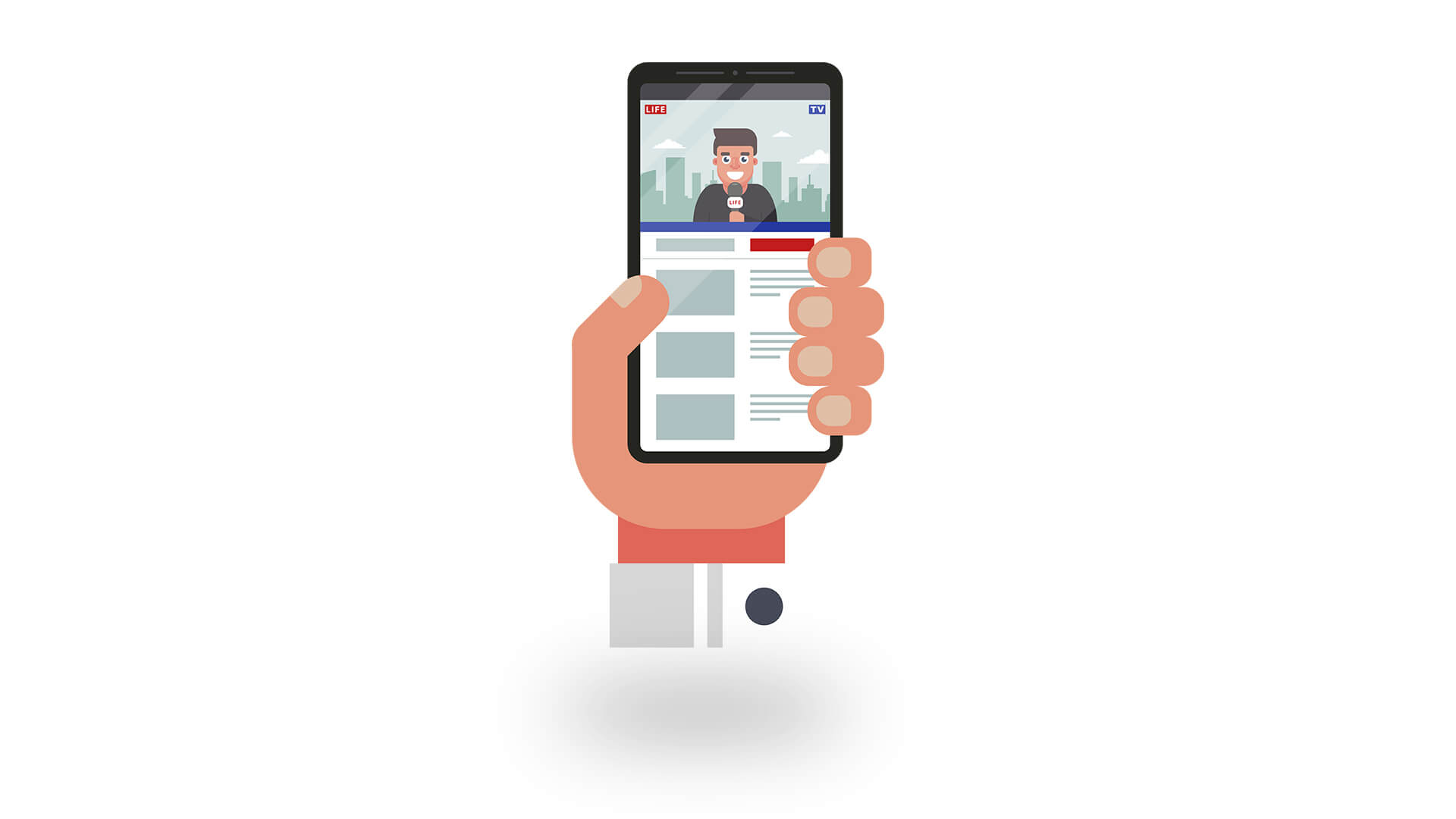
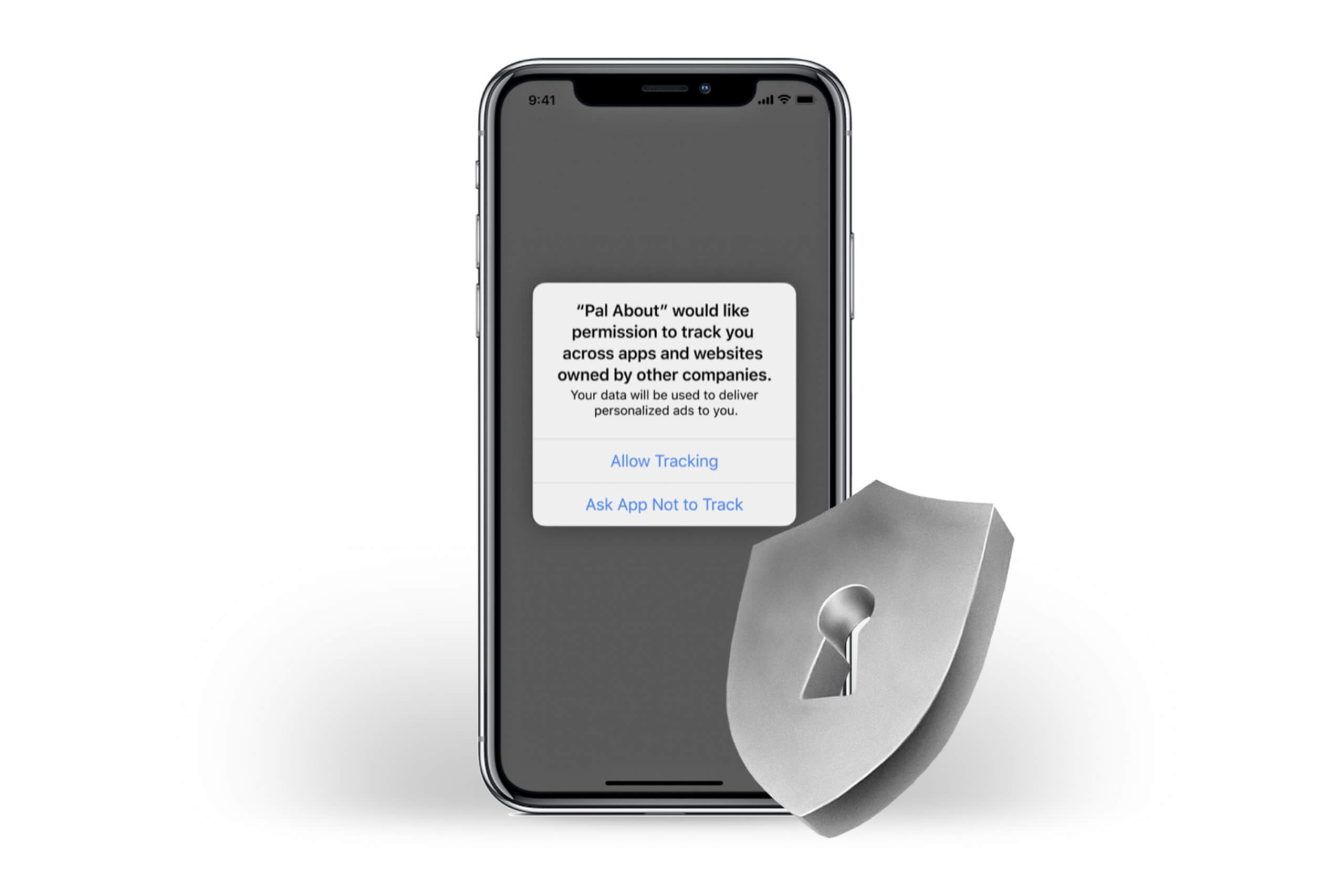
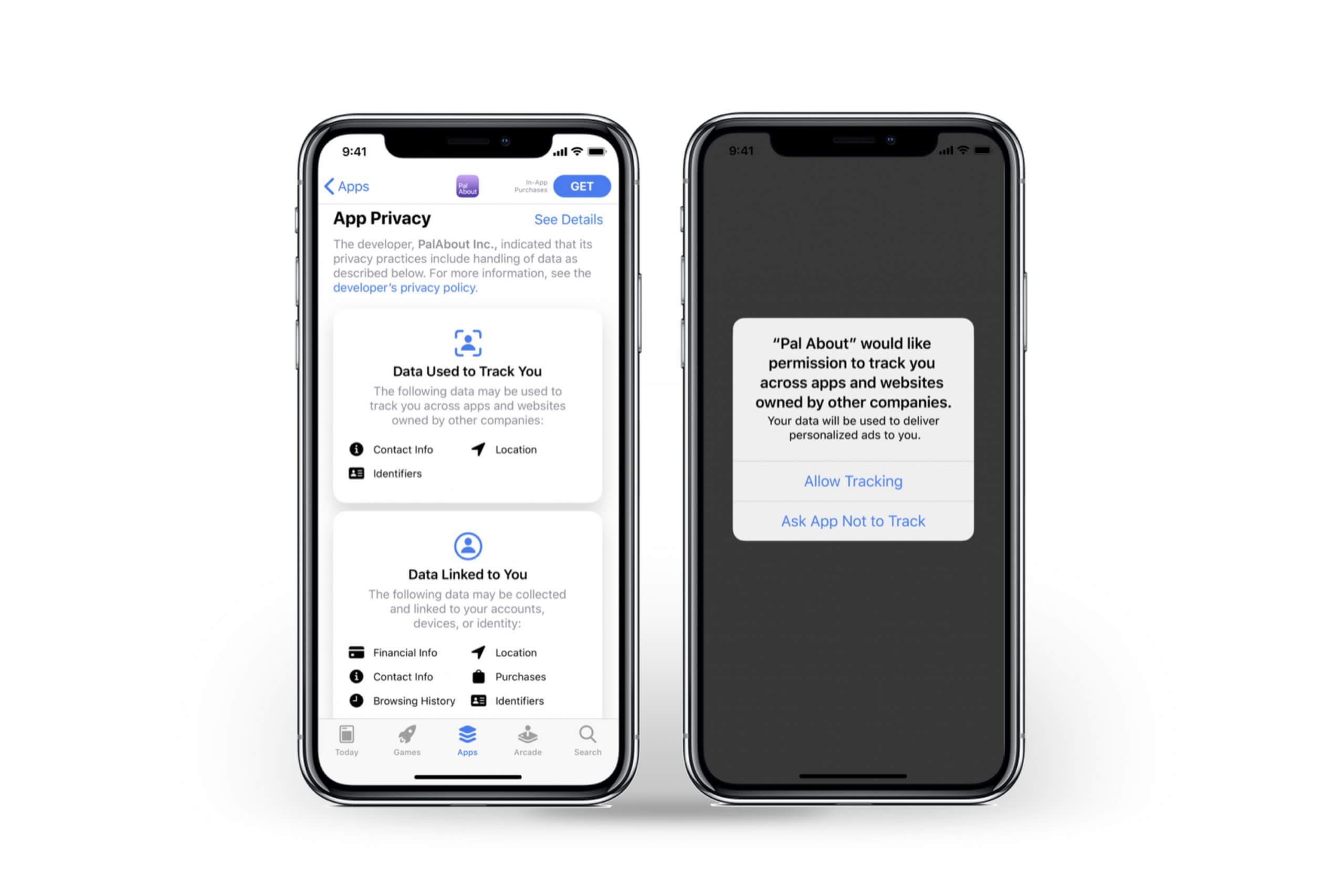
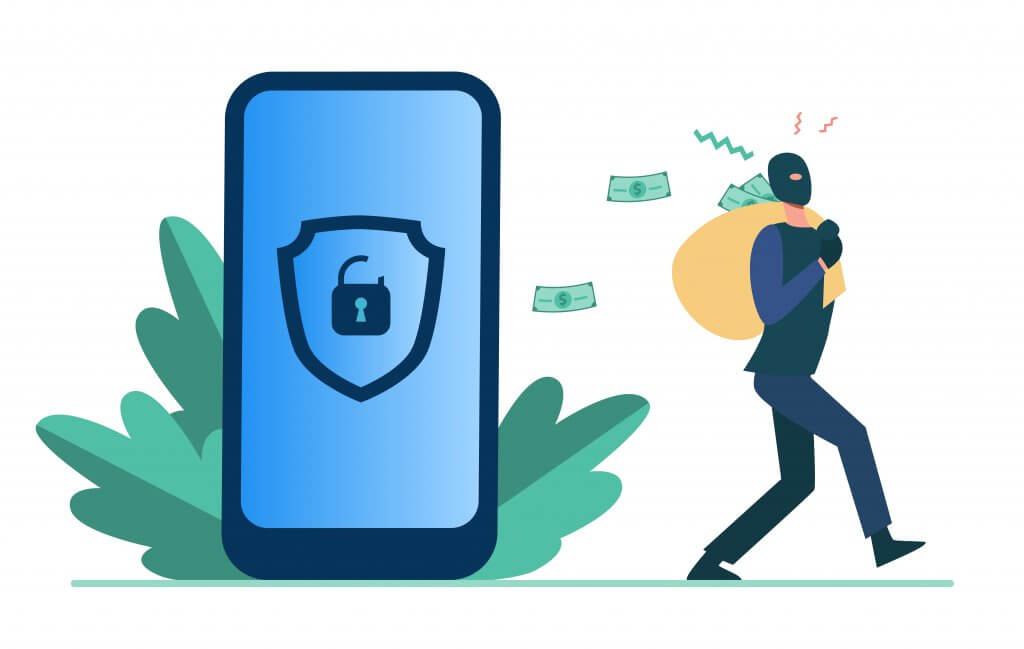

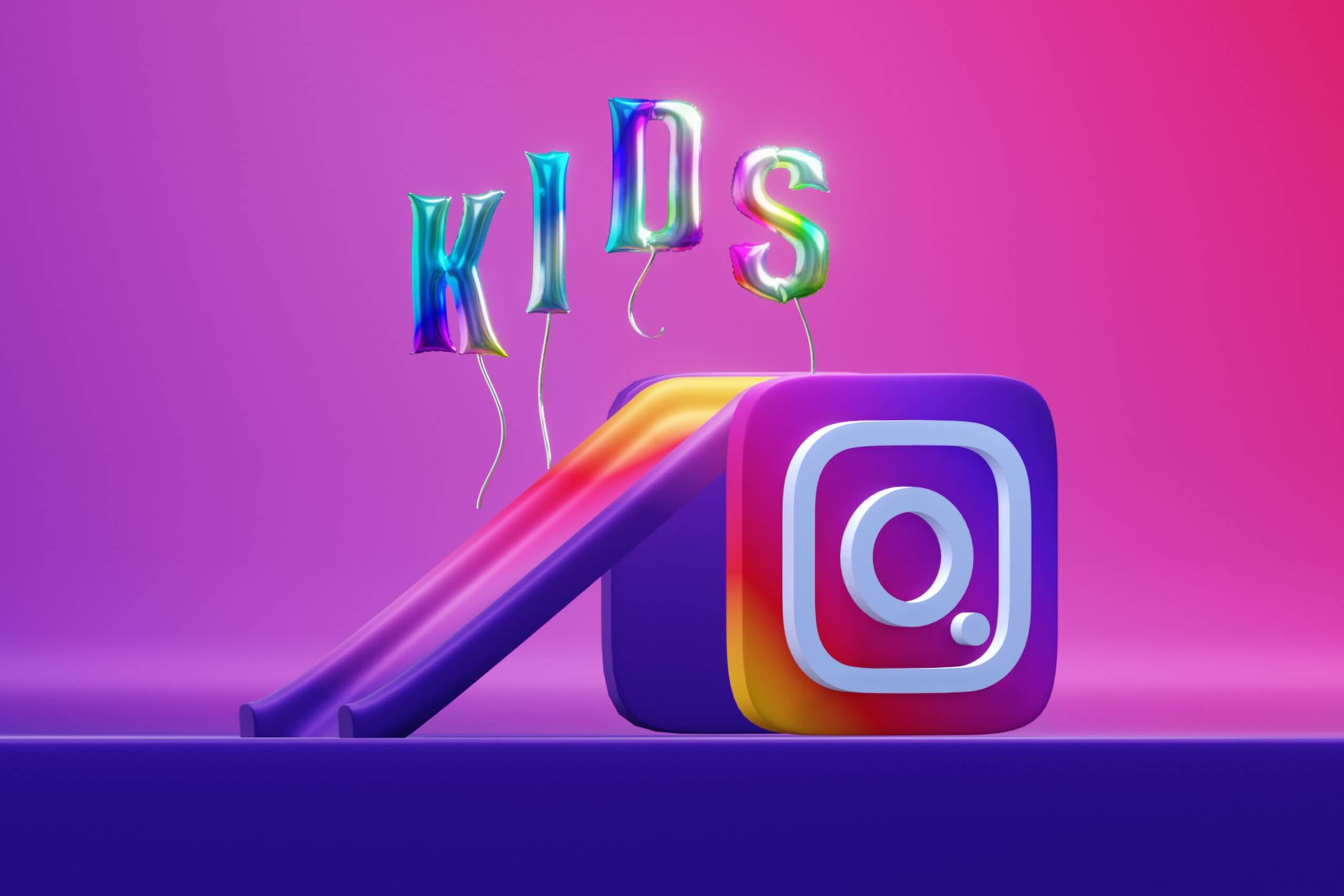






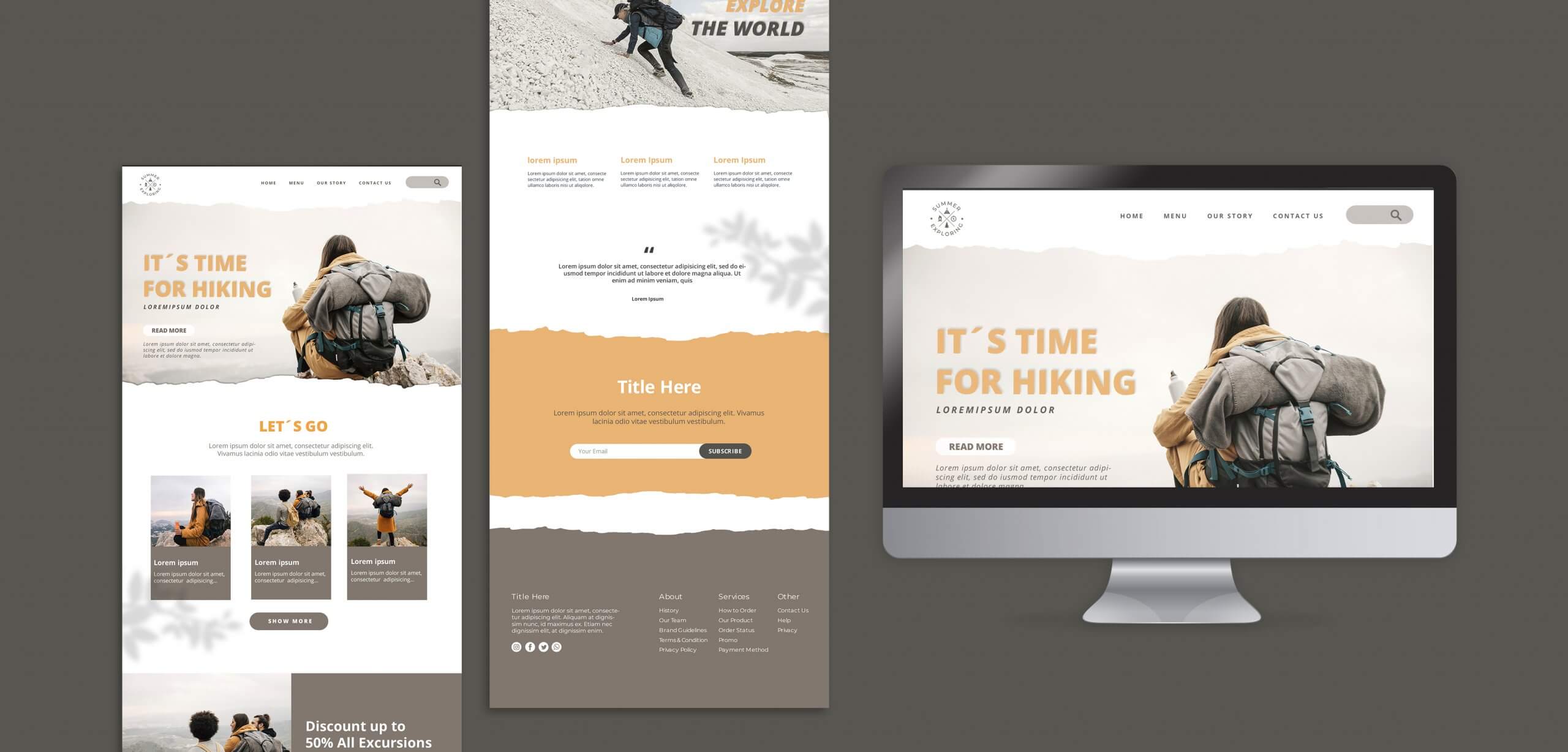 image source:
image source: 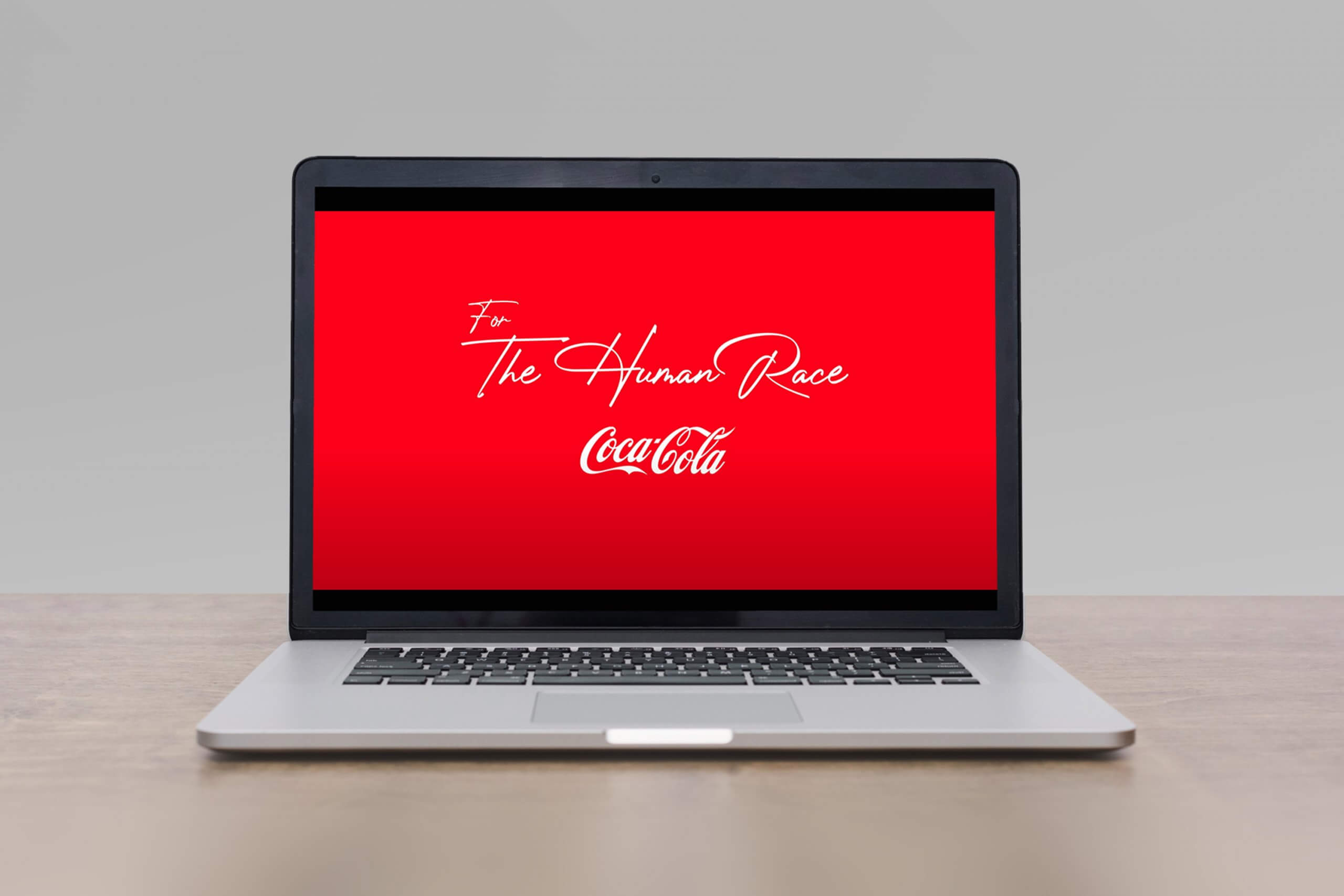

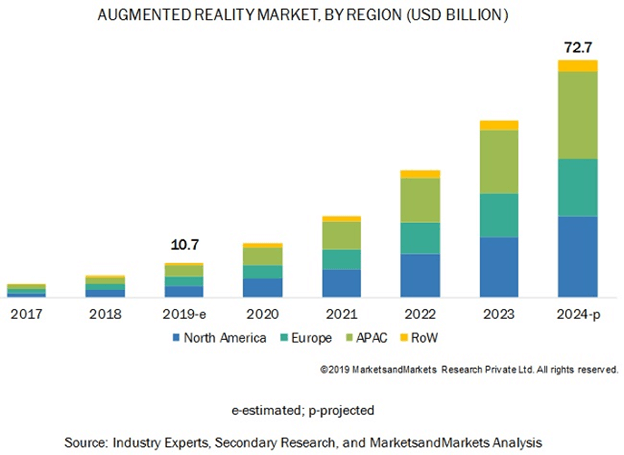


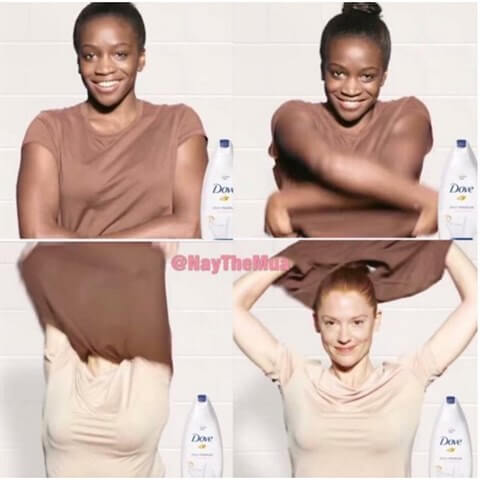
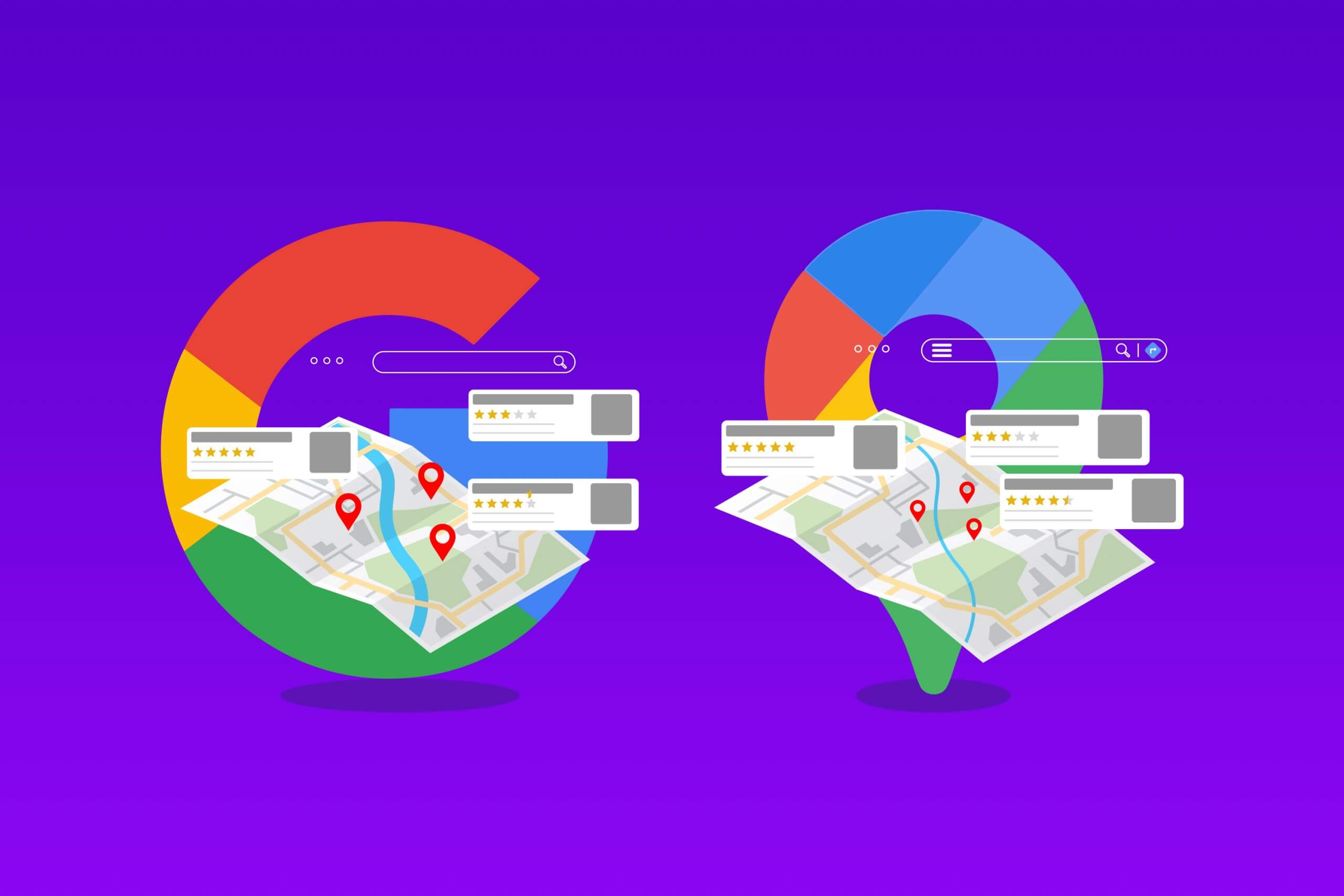

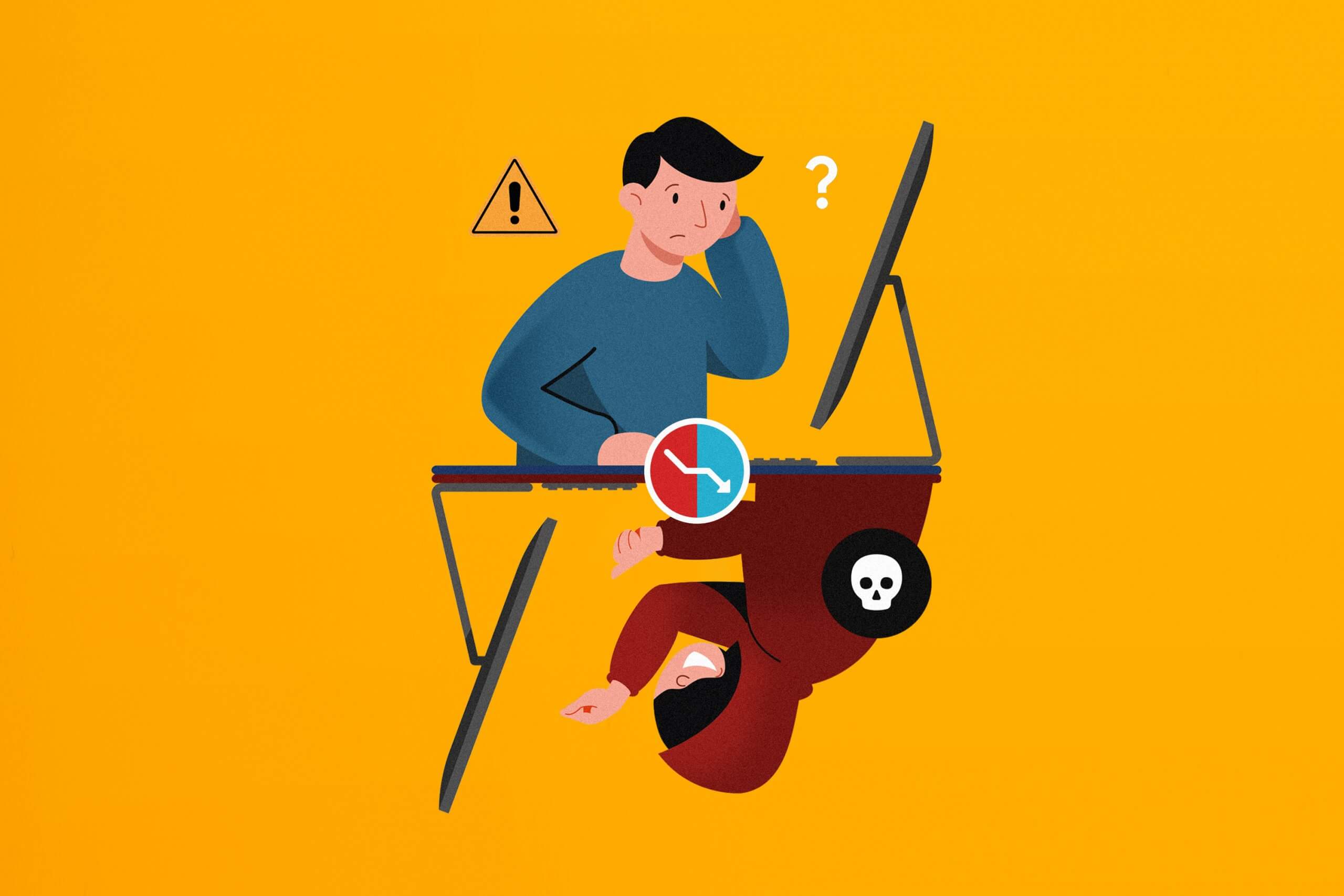
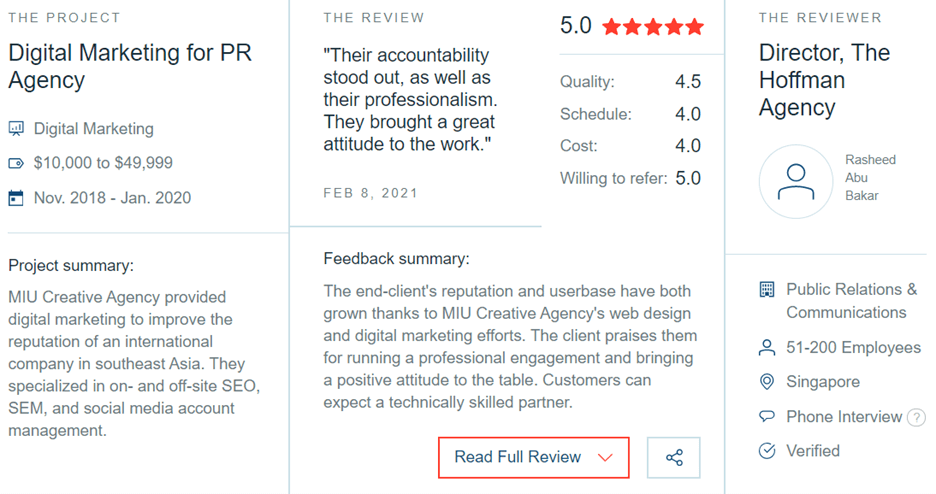



 Branding
Branding Digital Strategy
Digital Strategy PR & Communications
PR & Communications